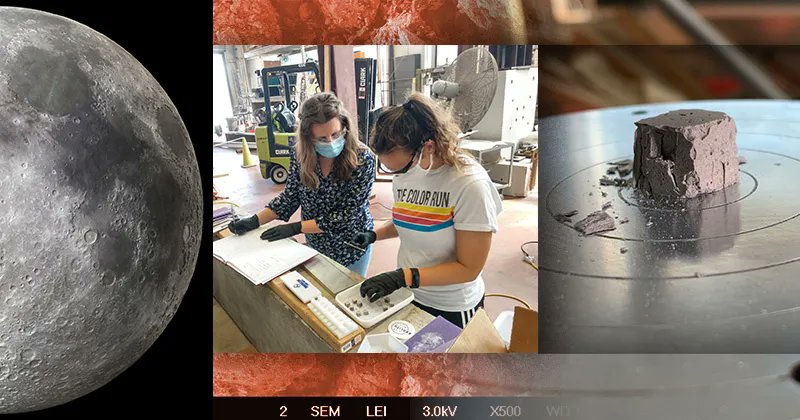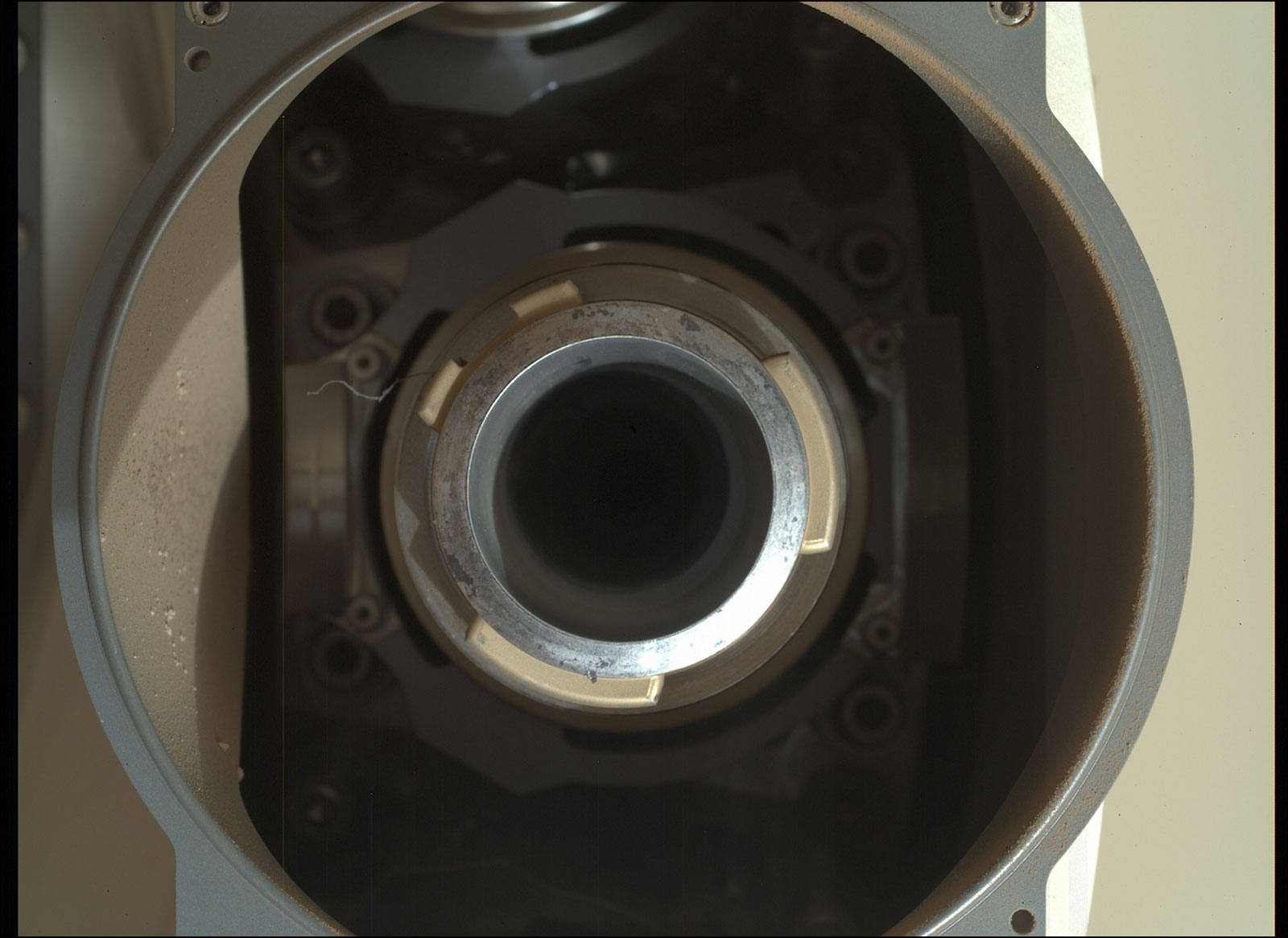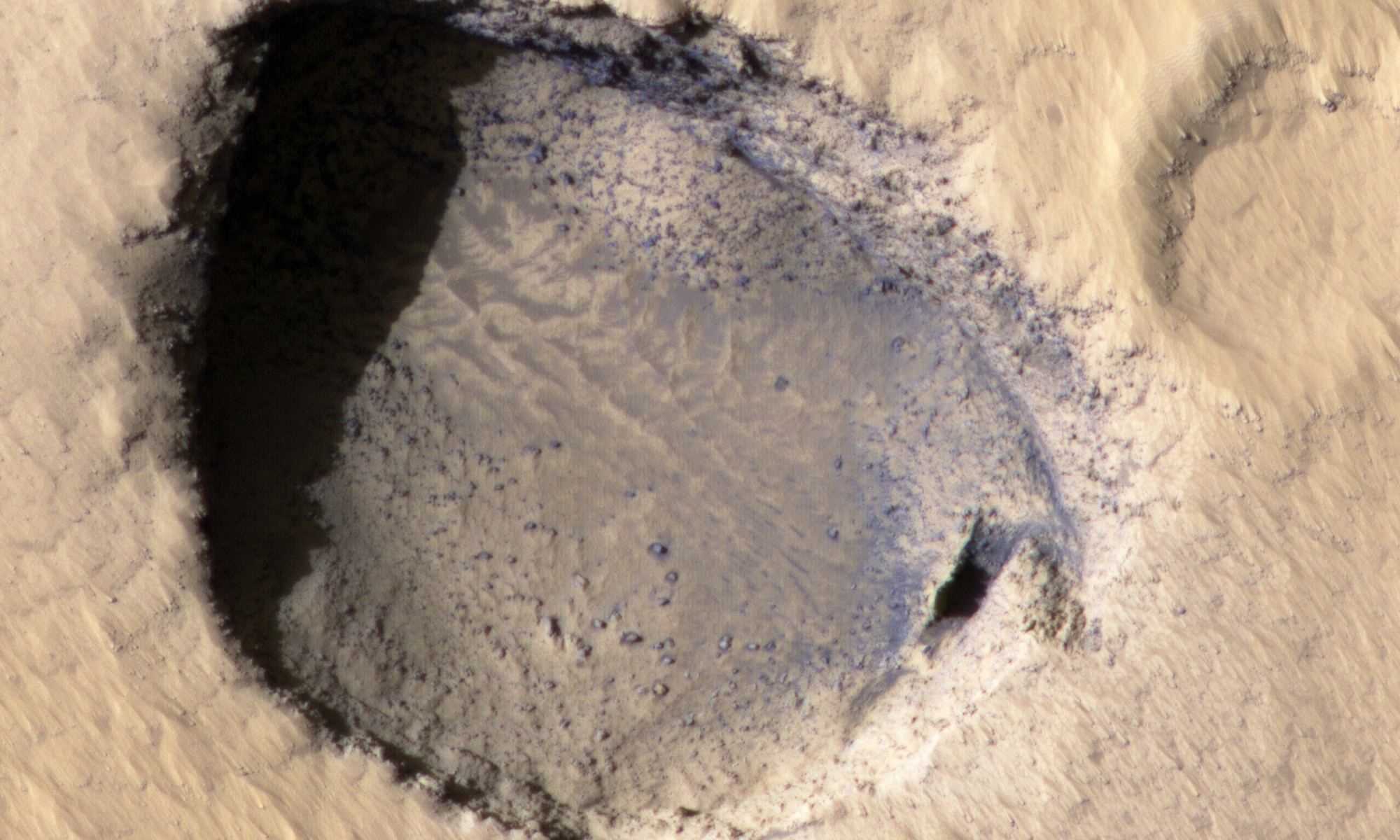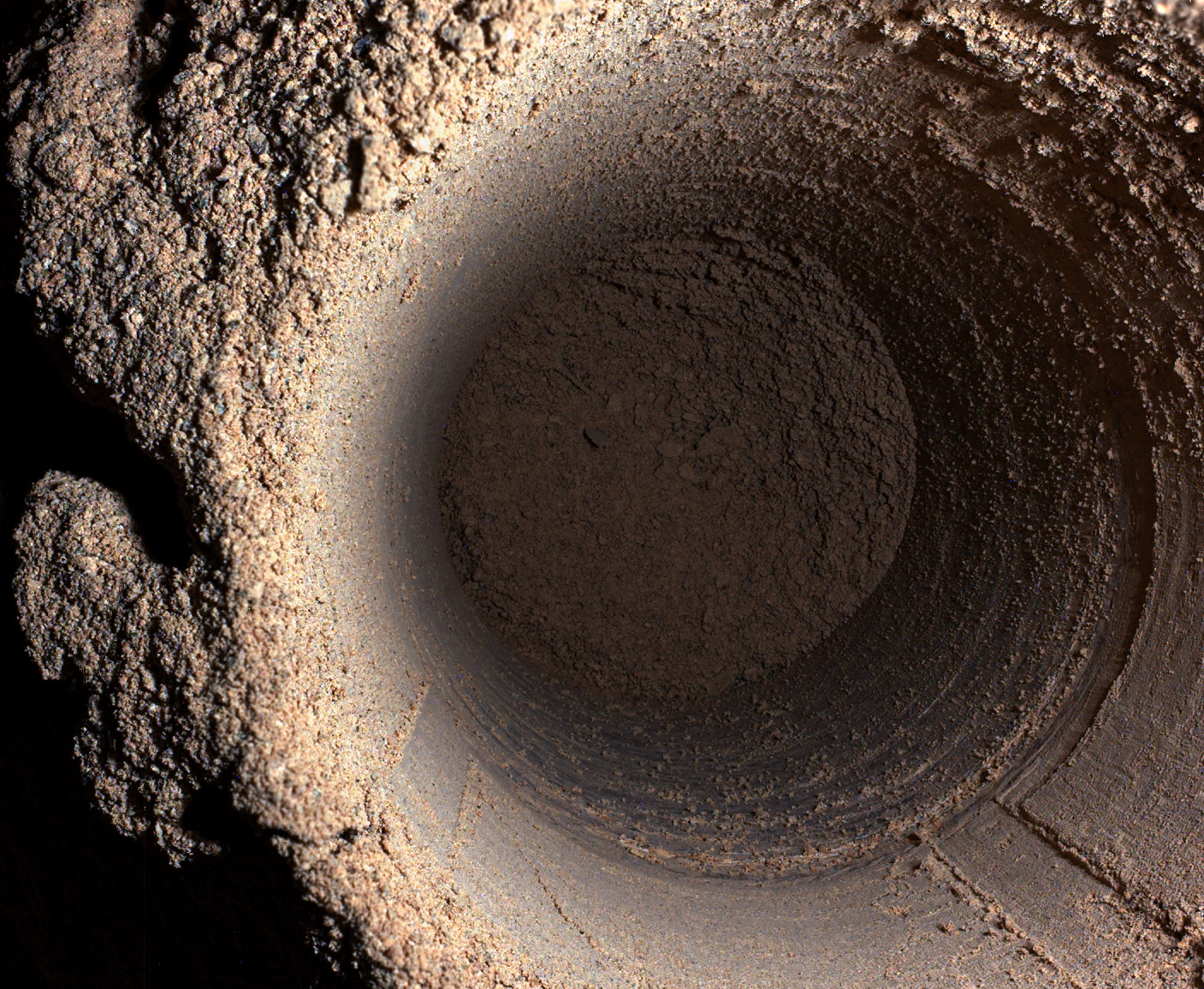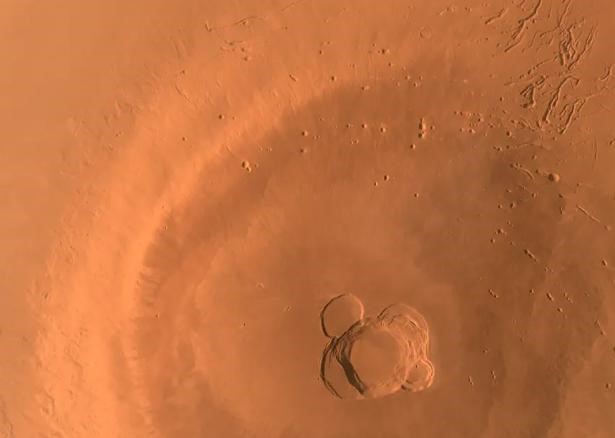The origin of Phobos and Deimos, the two Martian moons, has been a mystery to astronomers. These two bodies are a fraction of the size and mass of the Moon, measuring just 22.7 km (14 mi) and 12.6 km (7.83 mi) in diameter. Both have a rapid orbital period, taking just 7 hours, 39 minutes, and 12 seconds (Phobos) and 30 hours, 18 minutes, and 43 seconds (Deimos) to complete an orbit around Mars. Both are also irregular in shape, leading many to speculate that they were once asteroids that got kicked out of the Main Belt and were captured by Mars’ gravity.
There’s also the theory that Phobos and Deimos were once a single moon hit by a massive object, causing it to split up (aka. the “splitting hypothesis”). In a recent paper, an international team of scientists led by the Institute of Space and Astronautical Science (ISAS) revisited this hypothesis. They determined that a single moon in a synchronous orbit would not have produced two satellites as we see there today. Instead, they argue, the two moons would have collided before long, producing a debris ring that would have created an entirely new moon system.
Continue reading “Were Phobos and Deimos Once a Single Martian Moon That Split up? Not Likely, says New Study”

